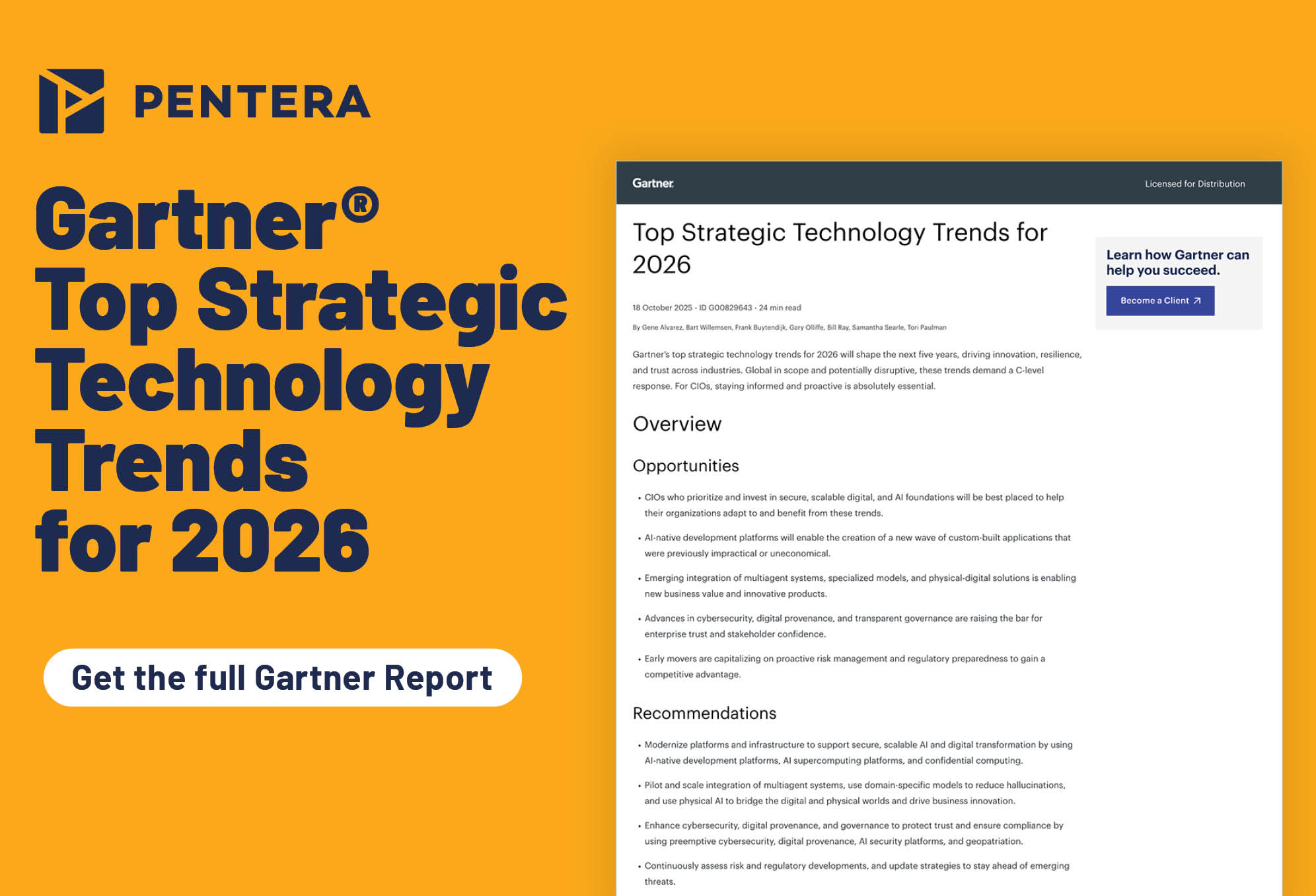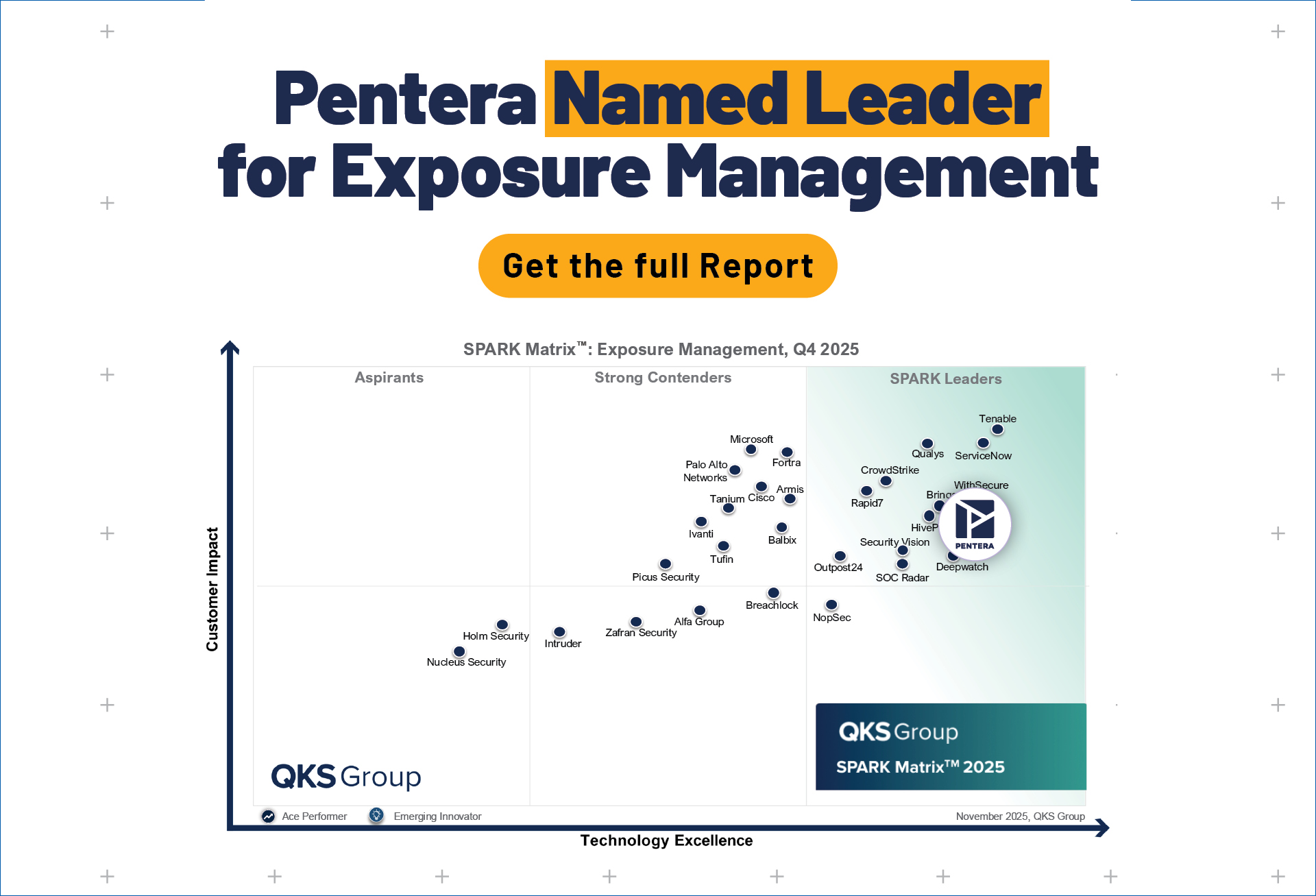What is external attack surface management?
External Attack Surface Management (EASM) is a cybersecurity methodology that involves the continuous detection, analysis, prioritization, and remediation of vulnerabilities across an organization’s external attack surface. External Attack Surface Management is critical to how modern organizations maintain cyber hygiene and strengthen their security posture.
External Attack Surface Management (EASM) helps organizations identify and secure all publicly exposed assets. EASM is an essential part of Exposure Management to prevent unauthorized access and reduce attack vectors.
Understanding external attack surface management
The term “external attack surface” refers to the sum of an organization’s digital assets and all of the possible attack vectors associated with them. Depending on the nature of an organization, this can include a wide range of assets, such as web applications, operating systems, cloud services, APIs, and IoT devices, among others.
Essential elements in managing your external attack surface
External attack surface management is a multi-faceted that comprises several core elements:
- Asset discovery: To effectively manage the external attack surface, organizations must first identify all internet-facing assets to determine where potential attack vectors might exist.
- Asset Inventory: Once all relevant assets have been identified, they are systematically cataloged so that they can be effectively assessed and managed on an ongoing basis.
- Risk scoring: Internet-facing assets are assessed to identify potential attack vectors and are assigned a risk score based on the impact of a potential breach. This allows organizations to prioritize remediation activities to minimize business risk.
- Remediation: Once vulnerabilities have been identified and prioritized, they are systemically remediated through patches and updates to improve cyber resilience.
- Continuous monitoring: After remediation, assets are continuously monitored and scanned so that emerging attack vectors can be detected and remediated as early as possible.
The need for external attack surface management
Through external attack surface management, organizations continuously monitor and assess their digital assets and map their external attack surface. This enables them to identify attack vectors and swiftly remediate them before real attacks can take place. As such, external attack surface management empowers organizations to be proactive in mitigating risk.
Case studies
Research from Verizon indicates that 83% of breaches involve external actors, further highlighting the need for external attack management. To date, there have been many high-profile cases of attacks that could have been prevented through external attack surface management. One well-known example is the WannaCry ransomware attack of 2017.
The WannaCry attack was a global attack in which hackers exploited the EternalBlue vulnerability in the Microsoft Windows OS, encrypting files on devices and demanding ransom payments in Bitcoin. The attack hit approximately 230,000 computers globally, including Telefónica, a leading Spanish telecommunications company. Had the principles of external attack surface management been applied, the exploited vulnerability in the operating system could have been identified and patched, enabling Telefónica and other victims to avoid having their systems breached.
Minimizing the exploitable attack surface with external attack surface management
In contemporary cybersecurity, external attack surface management is a vital component of a strong cybersecurity strategy. As organizations’ digital estates continuously evolve and expand, the number of potential attack vectors simultaneously increases, so mitigating risk from internet-facing assets is critical. Through external attack surface management, organizations can continuously detect, catalog, prioritize, and remediate attack vectors to enhance their security posture and minimize risk.
Frequently asked questions
What is external attack surface management?
External attack surface management is a cybersecurity approach whereby internet-facing assets are continuously identified, cataloged, and monitored so that security gaps can be identified and remediated.
Why is external attack surface management important?
External attack surface management is important because it helps organizations to be proactive in preventing breaches and unauthorized access to their systems. As organizations increase and update their digital assets, external attack surface management plays a key role in minimizing risks associated with internet-facing applications and devices.
What does the external attack surface include?
The external attack surface includes everything that comprises an organization’s digital footprint. Applications, devices, and systems that interact with the Internet can potentially open vectors for attackers to exploit, and so as considered a part of the external attack surface.
How often should external attack surface management activities be conducted?
External attack surface management activities should be conducted on a continuous and systematic basis. After identifying and cataloging digital assets, organizations should assess those assets, assigning risk scores by which they can prioritize remediation efforts. This process should be ongoing to ensure that new risks are always mitigated before attacks can take place.
Is external attack surface management compliant with industry regulations and standards?
Yes, external attack surface management is compliant with industry regulations and standards. Regulatory frameworks, such as GDPR, necessitate that organizations regularly update security measures to ensure that they meet required standards, and external attack surface management enables organizations to do this effectively.
Can I request a summary of external attack surface management results or reports?
Yes, you can request a summary of external attack surface management results or reports. This will give you a detailed breakdown of your internet-facing assets and attack vectors that make up your exploitable external attack surface.
Manage your external attack surface.
Understand and manage your external vulnerabilities.


